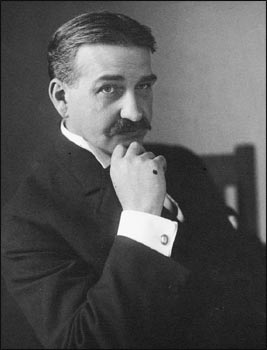It’s Joyce Carol Oates’ birthday today! If you read my blog or watch my booktube channel regularly you’ll know what a fan I am of Oates’ writing. Something I get frequently asked by people who haven’t read her before is where to start. It’s easy to feel overwhelmed with choice as she’s currently published sixty six novels and novellas as well as thirty nine books of short stories. To fully answer this question, I’ve made a video with some information about Oates’ writing and life as well as suggestions for which of her books would make good starting points.
If you want short answers here are my suggestions. A great novel to start with is “The Gravedigger’s Daughter” as it really encapsulates some of her most persistent themes and it is written in a form of psychological realism which is her most frequent narrative form. If you want to begin with some short stories I’d suggest reading the 2006 anthology “High Lonesome: New & Selected Stories” which contains wonderful selections of her writing from across her entire career including her famous short story ‘Where Are You Going, Where Have You Been?’ For a good genre novel try reading the majestic family saga “Bellefleur” which is the first in her series of five post modern novels which employ certain writing styles to give a unique perspective on American life.
If you are a writer or interested in writing yourself her book of essays “The Faith of a Writer: Life, Craft, Art” is an extremely useful guide. Later this year, she’s due to publish another book about writing called “Soul at the White Heat.” For more information about Oates herself read her biography “Invisible Writer” by Greg Johnson which is carefully researched, comprehensive and absolutely compelling. Also “The Journal of Joyce Carol Oates: 1973-1982” is a fascinating insight into Oates’ daily life, her thoughts on writing, encounters with other famous authors and contains meditative thoughts about the meaning of life – this is absolutely one of my favourite and most treasured books!
Painting by Renee Heinecke
I didn’t mention them in my video, but for a period Oates really embraced writing young adult novels. She’s frequently interested in writing about adolescence so this really melds well with this format and gave her a chance to explore certain social issues in a compelling way. For instance, her novel “Sexy” gives interesting insights into the psychology of a teenage boy disconcerted by his developing body and the growing sexual interest directed at him. She writes a gripping tale about his moral dilemmas. Oates is also a great lover of cats and has given tribute to some cats she’s owned by writing children’s books about them one of which is “Come Meet Muffin!” – a beautifully illustrated and gentle story.
I hope this gives a good answer for people wondering where to start with reading Joyce Carol Oates. If you want more detailed information the website Celestial Timepiece is an incredibly comprehensive site dedicated to Oates’ life and writing. But feel free to contact me or respond with any questions as I’m always happy to talk about Oates’ work. If you have read her books which is your favourite? Are there any other books by her you’re interested in reading?



































